Tooth extraction is one of the most common dental surgery but there are several notes everybody should know in order to get rid of risk and have better oral health.
What is a tooth extraction?
A tooth extraction is a dental procedure during which your tooth is completely removed from its socket. Sometimes, people refer to this as “pulling” a tooth.

When do you need tooth extraction?
When do you need tooth extraction? In order to maintain the mouth’s masticatory function and for cosmetic reasons, it is crucial to keep the teeth healthy. Permanent teeth, which appear after the milk teeth are lost in childhood, are designed to endure a lifetime. But there are situations and causes when tooth extraction may be required. These include, among others:
- Damage – It would be necessary to extract a tooth that has suffered serious decay or trauma and cannot be restored with restorative measures. If not removed, damaged teeth can cause severe pain
- Impacted Teeth – If a wisdom tooth grows unnaturally or becomes impacted, it may need to be extracted.
- Infection – The pulp, which is found in the center of the tooth and is related to nerves and blood vessels, may be affected by tooth damage or dental decay. When germs get within the pulp, an infection may start and get worse. The only ways to stop an infection from spreading are tooth extraction or root canal treatment.
- Periodontal or Gum Disease – The gums, tissues, and bones that support and surround the teeth may become infected as a result of serious gum disorders. The removal of the tooth is typically advised to prevent the infection from getting worse.
- Aesthetic Purposes – Some people get their teeth extracted to get rid of unsightly teeth, such those that have intrinsic stains.
Tooth extraction procedure
You might undergo one of two types of extractions:
A visible tooth in your mouth is extracted simply. A dental hygienist frequently performs straightforward extractions. Your dentist will numb the area around the tooth and the gums, then use dental forceps to remove the tooth after loosening it using an elevator.
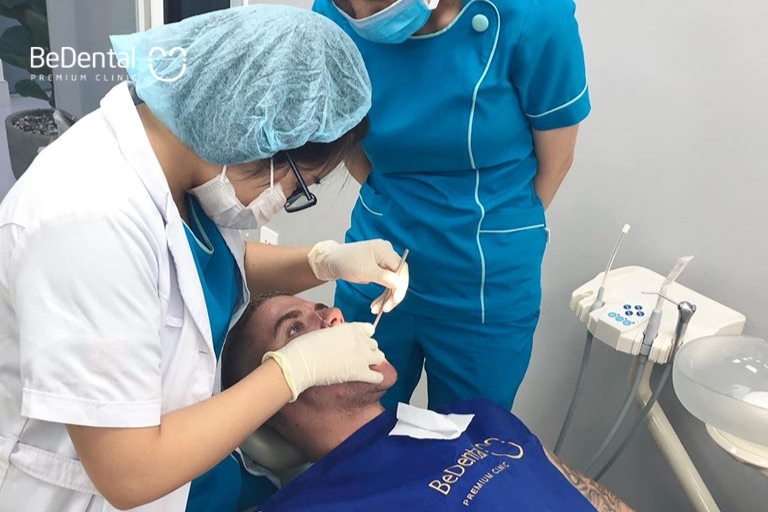
A more involved process called a surgical extraction is done to remove teeth that may have broken off at the gum line or that have not yet entered the mouth. Surgical extractions are often performed by oral surgeons, however they can also be done by regular dentists. The dentist will perform a surgical extraction by making a tiny incision in your gum and removing the tooth underneath.
Your dentist will assess your affected tooth and surrounding gums. Your dentist will also take dental X-rays to check bone levels and determine the extent of damage. Be sure to tell your dentist about any medications, vitamins or supplements you’re taking. Once all information is gathered, treatment and sedation options will be discussed with you in detail.
First, local anesthesia is given to numb your affected tooth and surrounding gum tissue. Using specialized dental instruments, your dentist will gently loosen your tooth and carefully lift it from its socket. Sometimes, your dentist might need to make incisions in your gums to access your tooth — especially if your tooth is badly decayed or has broken off at the gum line.
Once your tooth is removed, the socket is cleaned and disinfected. In some cases, your dentist may also place a dental bone graft, which helps prevent bone loss in your jaw. Finally, stitches may be placed to help promote healing.
When the procedure is complete, your dentist will place a piece of gauze over the extraction site and ask you to close down with firm, steady pressure. This helps slow bleeding so a blood clot can form. (Clotting is a normal aspect of recovery. It promotes healing and reduces the risk of dry sockets.) You’ll take the gauze out once the bleeding has slowed enough. You may continue to have light bleeding throughout the first 24 hours.
What are the risks of a tooth extraction?
There are a few risks for undergoing a tooth extraction; however, if your dentist recommends the procedure, the benefits likely outweigh the small chance of complications.
Usually after a tooth extraction, a blood clot naturally forms in the socket — the hole in the bone where the tooth has been extracted. However, if the blood clot does not form or dislodges, the bone inside the socket can be exposed — referred to as “dry socket.” If this happens, the dentist will protect the area by putting a sedative dressing over it for a few days. During this time, a new clot will form.
Other risks include:
- Bleeding that lasts longer than 12 hours
- Severe fever and chills, signaling an infection
- Nausea or vomiting
- Cough
- Chest pain and shortness of breath
- Swelling and redness at the surgical site
Contact your dentist if you experience any of these symptoms.
What is the recovery period from a tooth extraction?
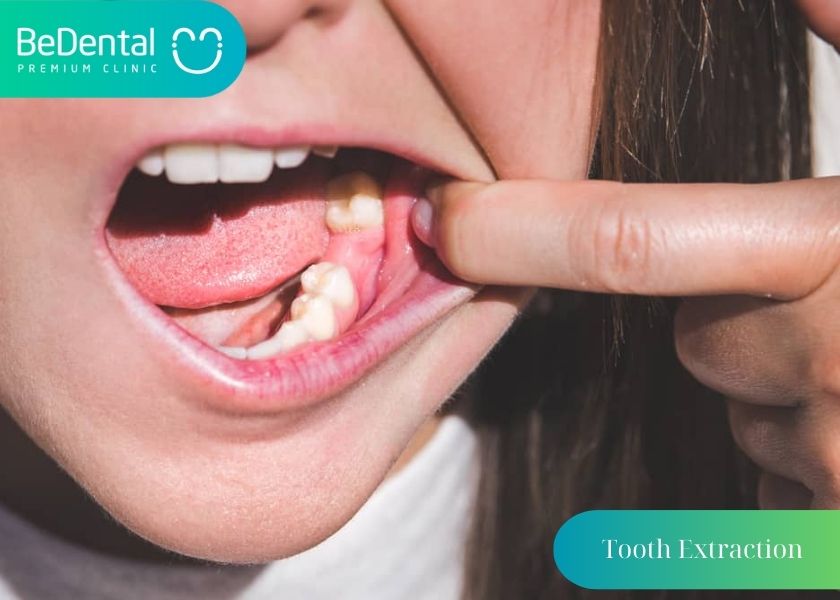
It normally takes a few days to recover after a tooth extraction. The following steps help ensure that your recovery goes smoothly.
- Apply an ice pack to your cheek directly after the procedure to reduce swelling. Use the ice pack for 10 minutes each time.
- After the dentist places the gauze pad over the affected area, bite down to reduce bleeding and to aid in clot formation. Leave the gauze on for three to four hours, or until the pad is soaked with blood.
- Take any medications as prescribed, including over-the-counter painkillers.
- Rest and relax for the first 24 hours. Do not jump immediately into your regular routine the following day.
- Don’t use a straw for the first 24 hours.
- Don’t smoke.
- Don’t rinse for 24 hours after the tooth extraction, and spit only gently.
- Use pillows to prop your head up when you lie down.
- Brush and floss your teeth like normal, but avoid the extraction site.
- The day after the procedure, eat soft foods, such as yogurt, pudding, and applesauce.
- After 24 hours, add a half-teaspoon of salt to eight ounces of warm water to rinse out your mouth.
- As you heal over the next few days, you can slowly reintroduce other foods into your diet.
If you are experiencing pain that isn’t going away after several days or signs of an infection —including fever, pain, and pus or drainage from the incision — make an appointment to see your dentist as soon as possible.
Where can you go to get a tooth extracted in Hanoi and HCM City?
You can visit BeDental in HCM or Hanoi to experience exactly the same services.
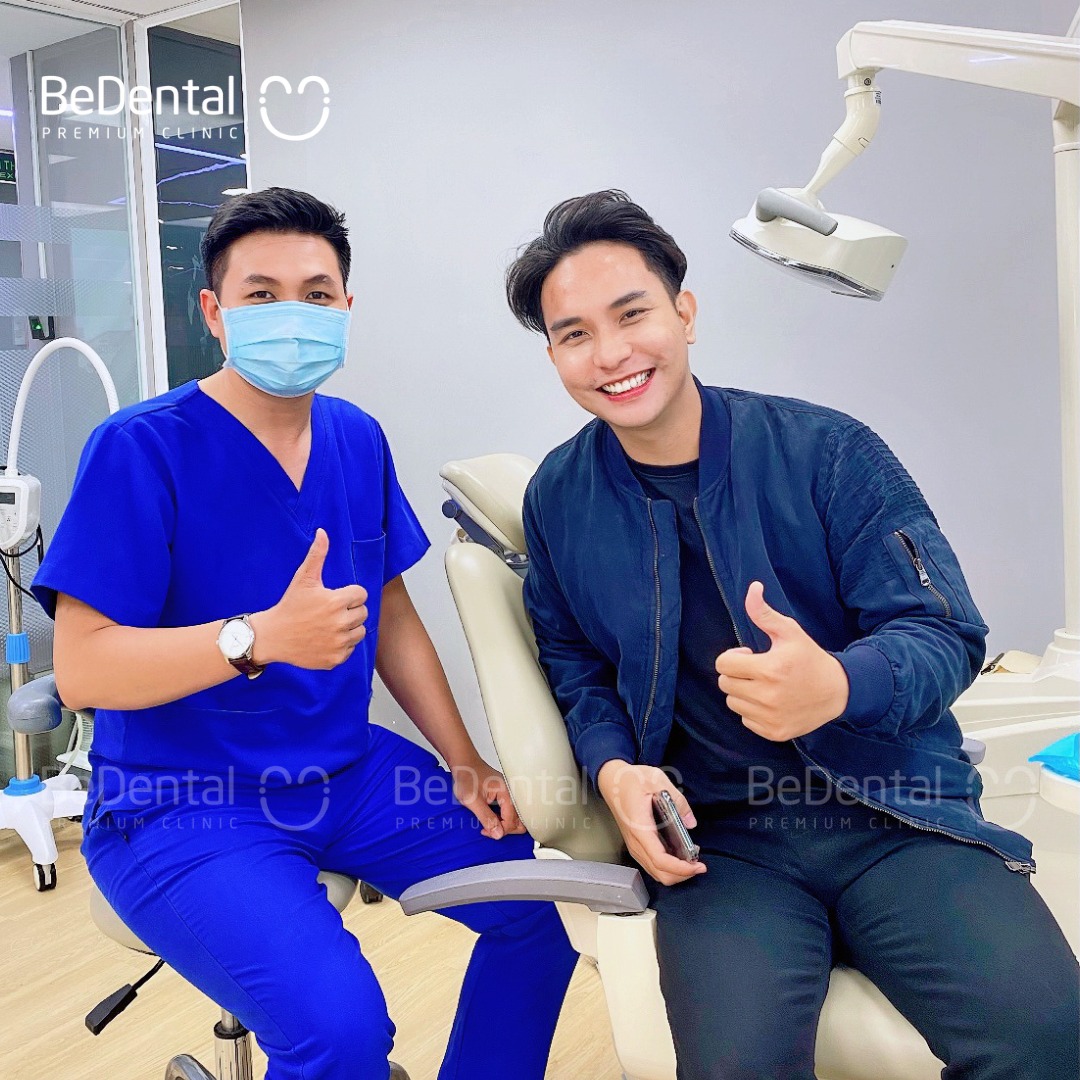
After a period of operation, the center quickly became a popular address for providing dental services and a leader of the dentistry field. With highly trained dental professionals, the latest facilities including a 3D Scan CT scanner, Panorama and Cephalo X-ray machines, a laser teeth whitening system, etc, and advanced technology, BeDental is going to become the best dentistry center in Vietnam. BeDental was established with the mission “Sow smile, spread success”, and believe that everyone deserves to have a charming and confident smile. That’s why Be tried their best to solve the dental problems or obstacles that hide your stunning smile.

With the best dental professionals in Vietnam, BeDental brings devotion and dedication to every customer as if we were family. BeDental is a reputable and professional dental system with various branches in city centers, which helps customers travel easily. In addition, BeDental has the latest imported dental equipment, which is certified for safety by the Ministry of Health. 5-star facilities provide customers with a relaxing atmosphere while experiencing high-class dental services.
What is the price of tooth extraction?
Tooth Extraction Price (VND)
TP01 Giá Nhổ răng sữa thường
Deciduous tooth Extraction without anesthetic Free
TP02 Giá Nhổ răng sữa tiêm tê
Deciduous tooth Extraction with Anesthetic 100.000
TP03 Giá Nhổ Răng cửa vĩnh viễn
Front Tooth Extraction 500.000
TP04 Giá Nhổ Răng hàm nhỏ vĩnh viễn
Premolar tooth Extraction 800.000
TP05 Giá Nhổ Răng khôn hàm trên
Upper Wisdom Tooth Extraction 1.500.000
TP06 Giá Nhổ Răng khôn hàm dưới mọc thẳng
Lower Wisdom Tooth Extraction Straight-grown 1.500.000
TP07 Giá Nhổ Răng khôn hàm dưới mọc lệch
Lower Wisdom Tooth Extraction non Straight-grown 2.000.000
TP08 Giá Nhổ Răng khôn hàm dưới khó
Lower Wisdom Tooth Extraction – Dificult 2.500.000
TP09 Giá Nhổ Răng khôn hàm trên bằng máy
Upper Wisdom Tooth Extraction with Piezotime 2.000.000
TP10 Giá Nhổ Răng khôn hàm dưới mọc thẳng bằng máy
Lower Wisdom Tooth Extraction Straight-grown with Piezotome 3.500.000
TP11 Giá Nhổ Răng khôn hàm dưới khó bằng máy
Lower Wisdom Tooth Extraction Straight-grown with Piezotome – Dificult Case 5.000.000
TP12 Giá Nhổ Răng khôn hàm dưới mọc lệch bằng máy
Lower Wisdom Tooth Extraction non Straight-grown with Piezotome 4.500.000
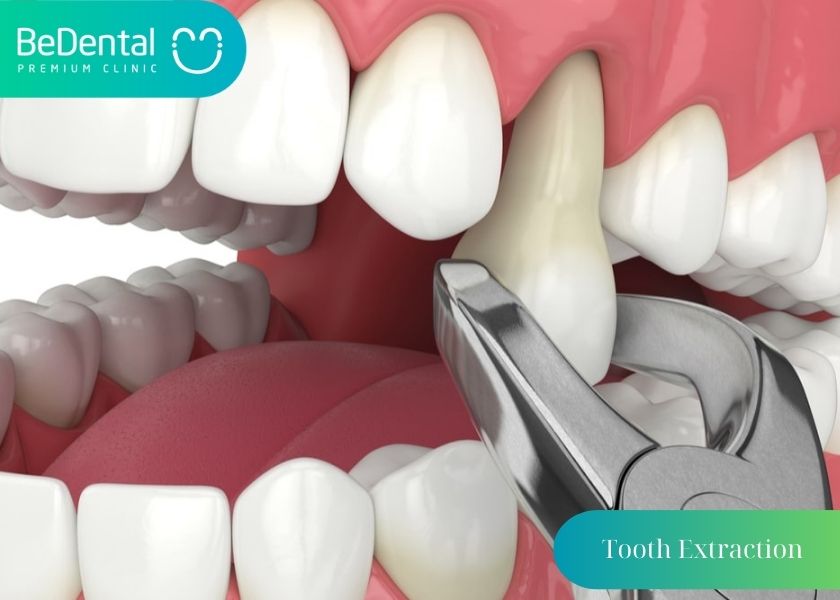
More
Tooth extraction and 7 common concerns
Chipped tooth: Causes, Symptoms and 4 ways to Handle
Zirconia Prosthetics Used to Treat Cavities and Tooth Sensitivity
Dentures and 2 types of dentures
Wisdom Teeth and 4 Typical Symptoms
Tư vấn chuyên môn bài viết:
BÁC SĨ DƯƠNG THỊ THÙY NGA




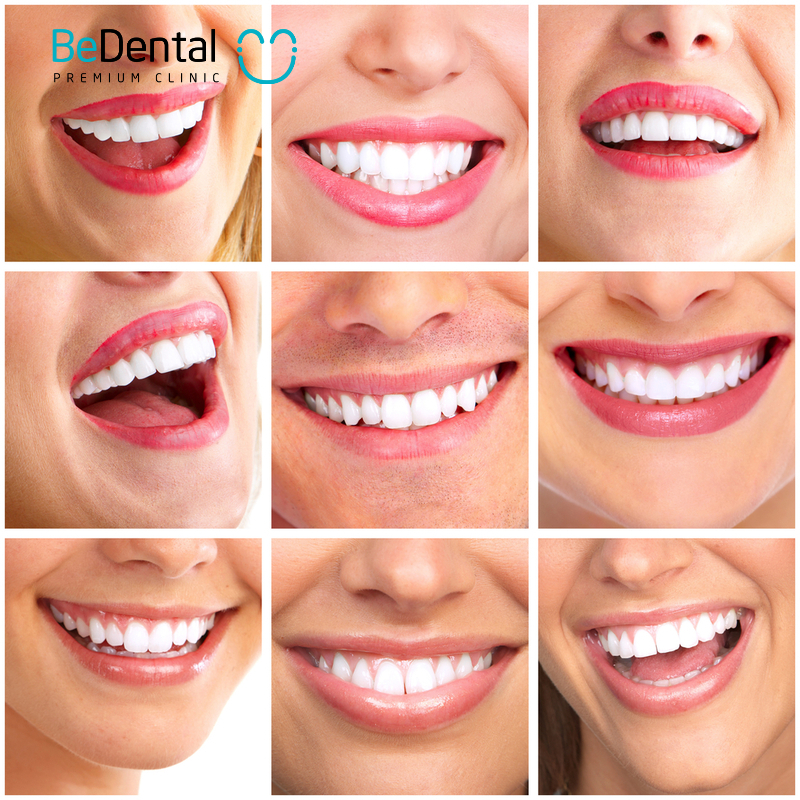

Pingback: Tekka implant and 3 significant advantages – Be Dental